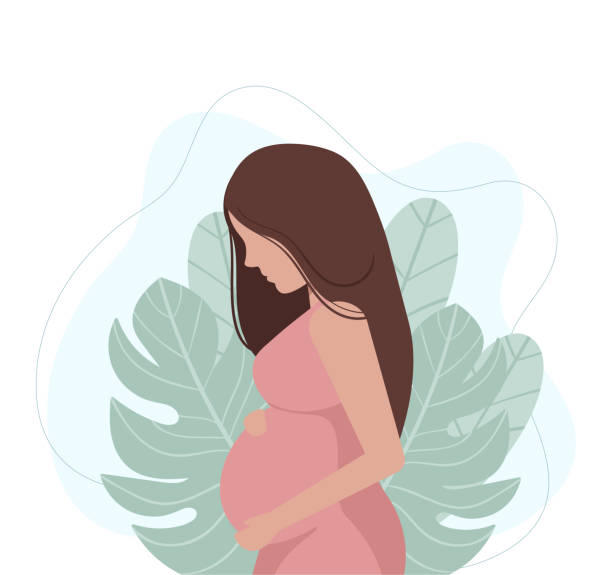
The abdomen is the area of the body between the thorax and the pelvis. The diaphragm is responsible for the upper surface of the abdomen. The abdomen ends, and the pelvis begins at the level of the pelvic bones. The stomach, small and large intestines, pancreas, liver, and gallbladder are located in the abdomen.
These organs are joined by connective tissues that allow them to expand and slide against one another. The kidneys and spleen are likewise housed in the abdomen. Many vital blood arteries, including the aorta, inferior vena cava, and dozens of lesser branches, pass through the abdomen. The abdomen is protected at the front by a thin, durable layer of tissue called fascia. The abdominal muscles and skin are located in front of the fascia. The back muscles and spine are located in the back of the abdomen.
The uterus is a part of the abdomen as well. During pregnancy, the uterus or womb carries a fetus and matures into a baby. A hysterectomy is a medical procedure that removes the entire uterus from the body. Gynecologists may remove the fallopian tubes and ovaries in addition to the uterus.
Uterine disorders are conditions that affect the uterus or any other part of your reproductive system. Uterine fibroids, endometriosis, uterine prolapse, and uterine tuberculosis are types of uterine issues. Some symptoms are:
The lower abdomen is specifically addressed in this section. Hysterectomy causes menopause, after which females are unable to become pregnant and will never have periods. Abdominal, laparoscopic, vaginal, and robotic hysterectomies are some of the methods used to perform hysterectomies. Although standard practice guidelines prescribe that a Vaginal Hysterectomy (VH) be the primary line of therapy, it can be difficult in cases of non-descendent and big uteruses. In the following situations, a hysterectomy is required:
Most women who undergo hysterectomy have no substantial difficulties or consequences as a result of the procedure. Nonetheless, a hysterectomy is an operation with significant risks. Urinary incontinence, vaginal prolapse, vaginal fistula formation, and chronic pain are some of the risks. Other risks of hysterectomy include wound infections, blood clots, hemorrhage, and harm to adjacent organs, though these are rare.
If the ovaries were also removed during hysterectomy, you would be in menopause. If your ovaries were not removed, you may experience menopause at a younger age than you would have otherwise. Most people are advised to avoid sex and heavy lifting for six weeks following a hysterectomy. The majority of women polled after a hysterectomy believed the procedure was successful in improving or curing their condition.
Minimally invasive techniques include laparoscopic and robotic-assisted hysterectomies and vaginal hysterectomy.
The decision for hysterectomy will be jointly taken by you and your doctor. Some factors that may influence your decision include the reason for the operation, whether other treatments are required at the time of surgery, a history of previous surgeries, other medical issues such as obesity, the availability of resources, and the physician’s expertise and skill.
Komala’s Women Clinic is a multidisciplinary organization dedicated to the advancement of the art, science and practice of reproductive medicine.
Doctor Komala’s Women Clinic Newtown Medical Centre First Floor, Major Sandeep Unnikrishnan Rd, Yelahanka New Town, Bengaluru, Karnataka 560064
©Copyright 2023 Komala’s Women Clinic. All rights reserved.